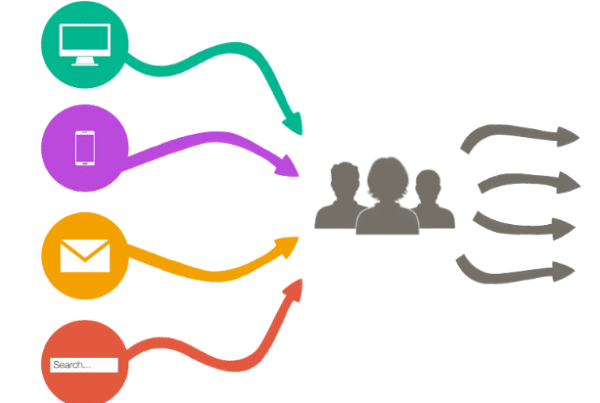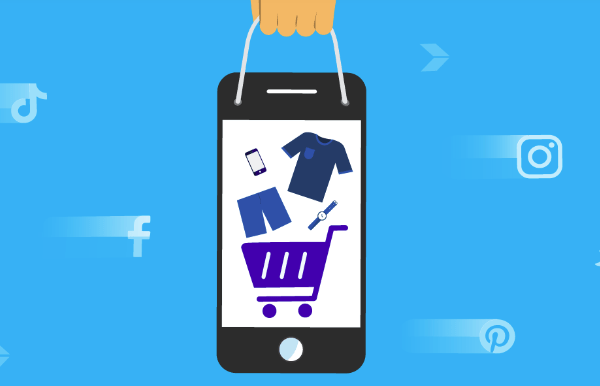“Hey, I found these really cool shoes for dad while I was looking for a gift, can you go on Amazon and see what price they have it for?” This has happened to you, right? It probably was you who also searched Amazon for the price before actually making a purchasing decision.
9 out of 10 consumers price check a product on Amazon, as reported by CNBC. While this stat was actually reported a few years ago, I can guarantee you it still holds true today (as the example above.)
This is a KEY behavior switch from the old days before Amazon was Amazon. Every marketer and e-commerce business owner must have this consumer behavior on top of mind – this is a key decision to where the consumer will ultimately buy that product.
FOR MANUFACTURERS & BRANDS:
As manufacturers shift their attention more and more online as retailers shift that way as well, pricing has become an issue. To be honest, for most retailers that are on the luxury side, this has always been a point of contention with their retailers to ensure they follow MAP pricing and are playing by the rules. Amazon has always been known as a discount market place and has been a place where consumers flock to get the best price.
In 2020, that’s somewhat changing. As Amazon has become the largest marketplace in the world, it is no longer just seen as a discount marketplace, brands and manufacturers alike have gotten extremely strict with enforcing pricing rules to clean up the market place. However, as anyone in this space knows, diversion of product is not very easy to control, especially for those small to medium size businesses who can’t dedicate too many resources on MAP enforcement.
FOR RETAILERS:
Depending on the product you are selling of course, Amazon gives you the data you really need to focus on price competition online. You know the consumer will check for pricing on the platform. While Amazon has dynamic pricing with sellers using their auto price feature, pricing on the platform has become a lot more stable in the last few years.
What you really need to look out for if you’re a third party retailer is how you compete with Amazon on price if you’re selling the same product because if your strategy is to put a lot of marketing dollars into advertising a product that Amazon.com offers cheaper, you may just be sending sales their way as consumers seek pricing options.
Now, while it may be true that consumers don’t only shop based on price, usually that’s one of the key deciding factors. You may have great content and really draw consumer interest on a product, but rest assure, there is a good chance that consumer will be seeing if that price is any cheaper on Amazon.
OVER 100 MILLION AMERICANS ARE AMAZON PRIME MEMBERS
This solidifies more the fact that the average American consumer will go on Amazon.com to see if the product you are offering has better pricing options since Prime may guarantee them much faster delivery than you can offer.
The reason this statistic should be important to every retailer putting ad dollars into promoting products whether it be through pay-per-click on Adwords or Facebook Ads, is because your ad dollars may see a low to negative ROI if your only VP of selling that product is driving traffic to the page without a compelling price point to the consumer who is likely to check Amazon for price before making a purchasing decision.


